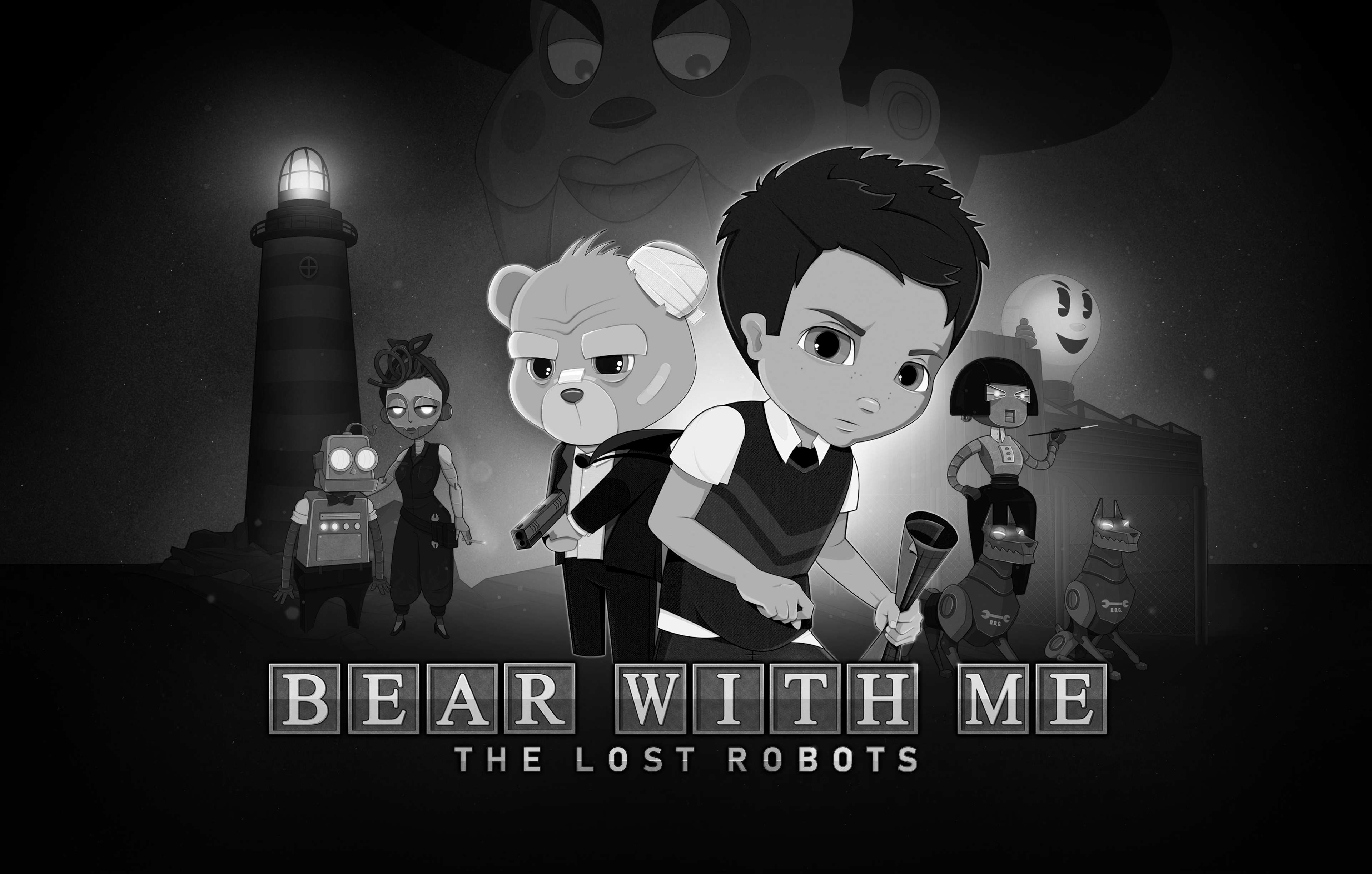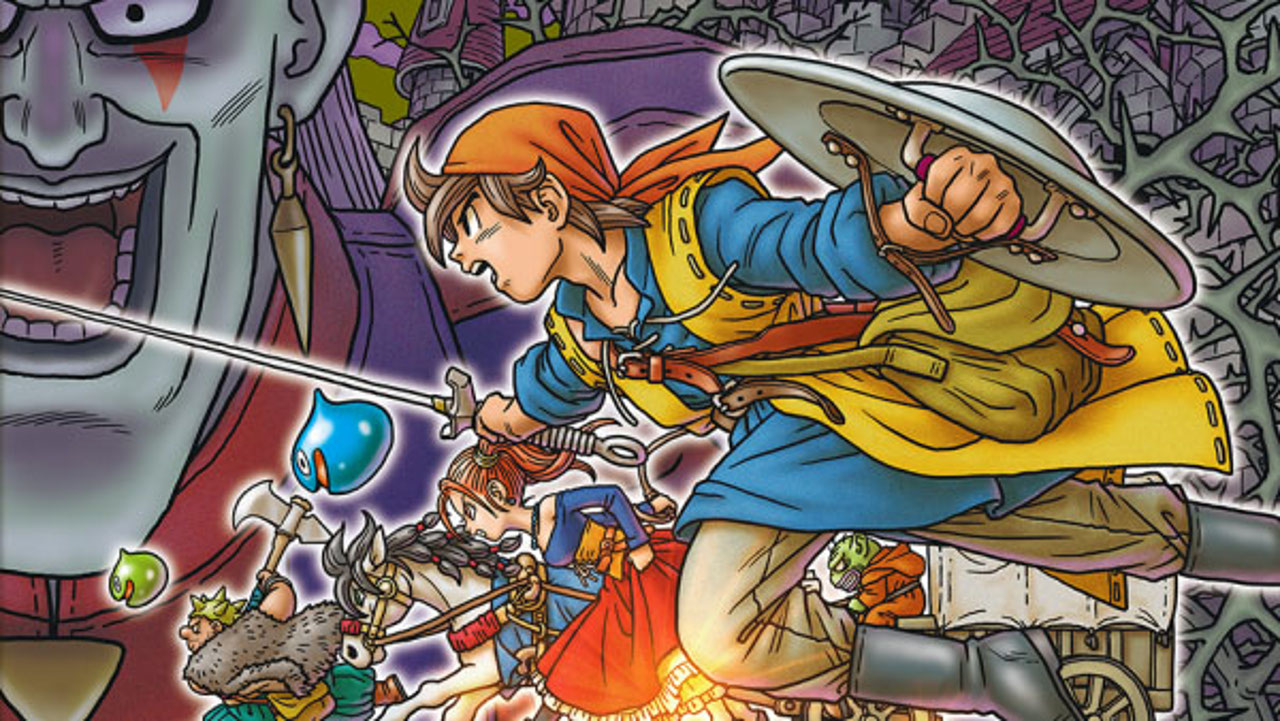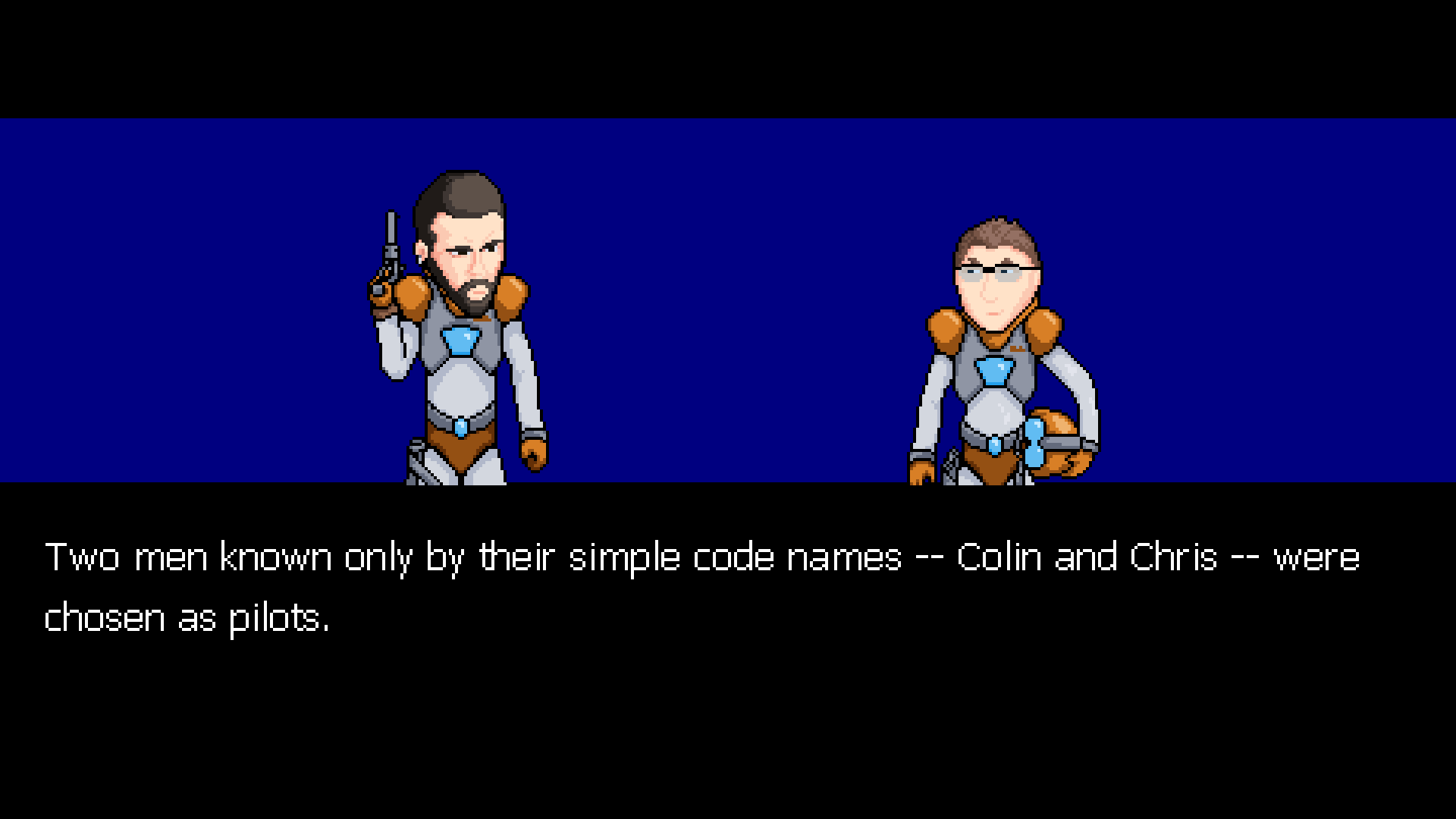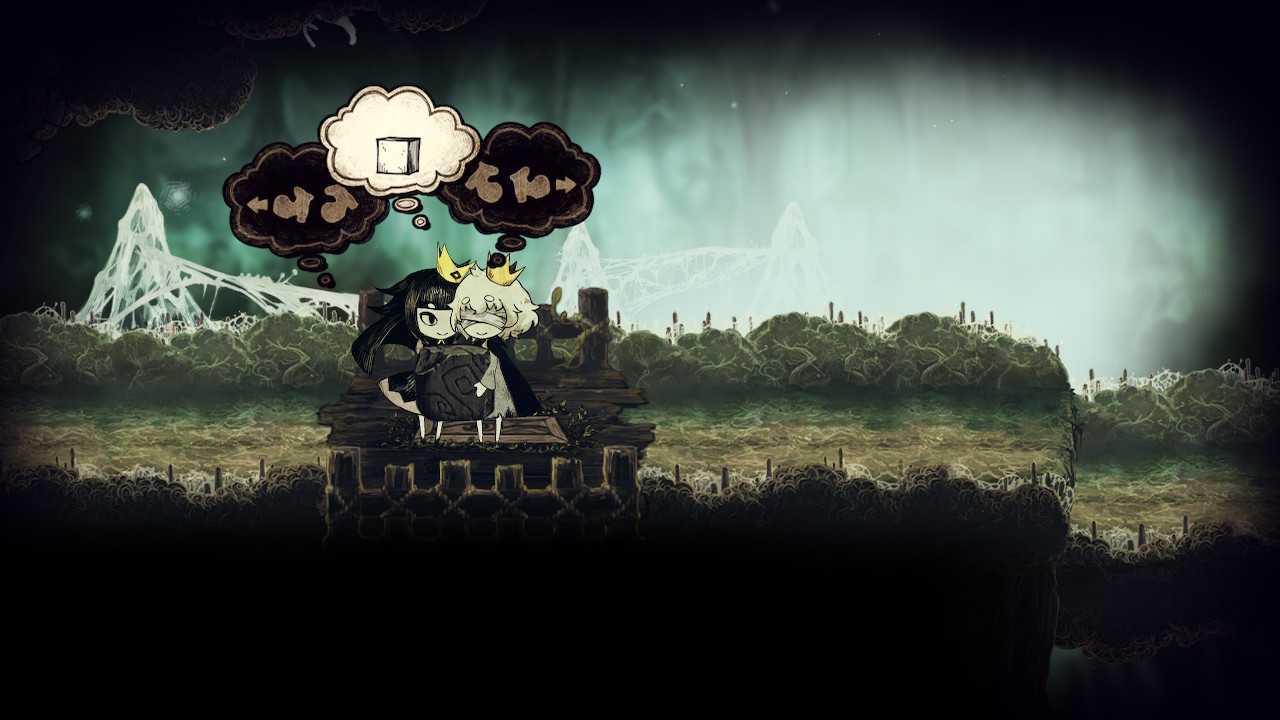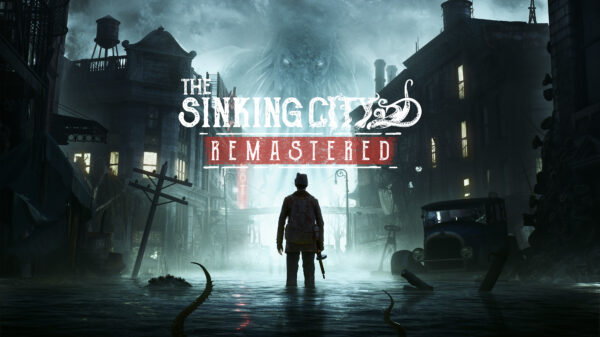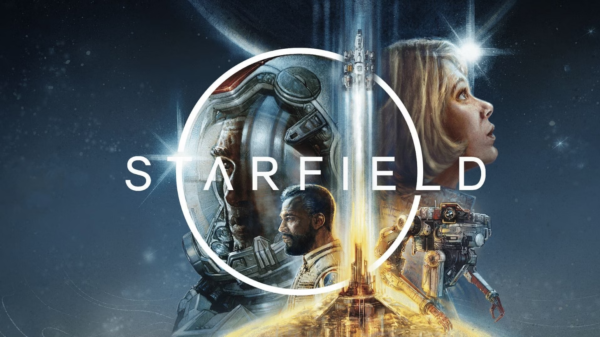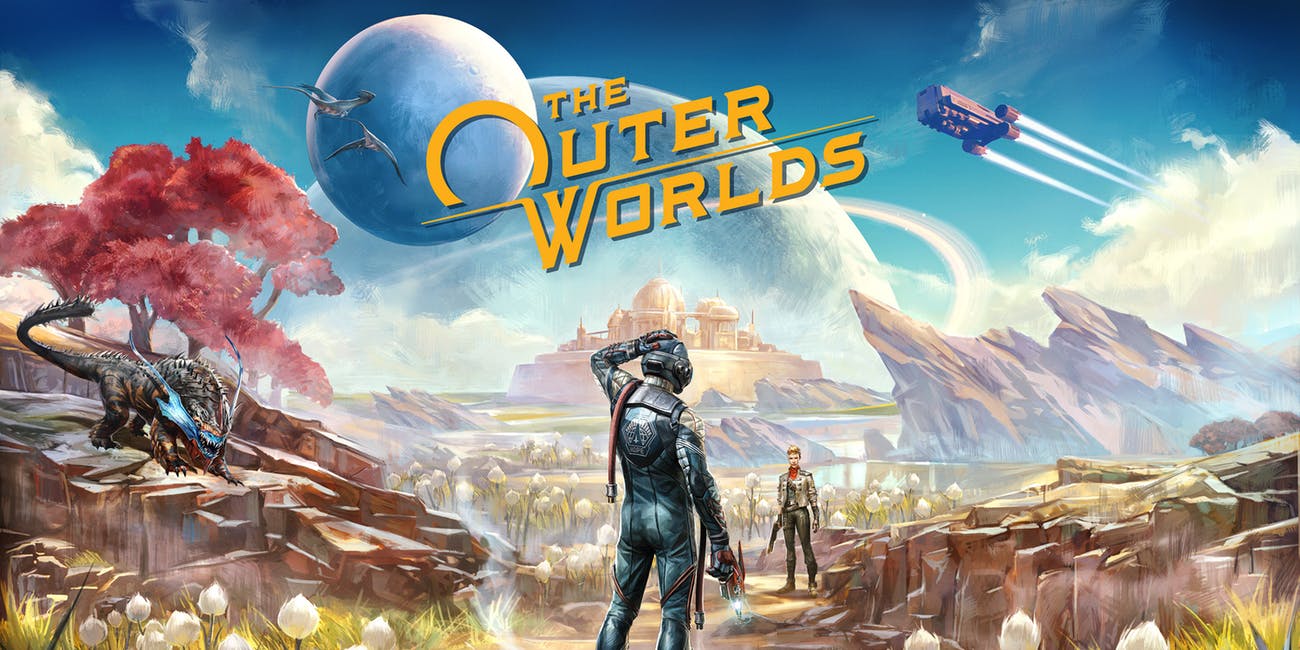I don’t know if it’s possible to stop being sad, but I believe it’s possible to stop being sad all of the time. This is a new revelation that I came to after playing Until Then, a narrative adventure game created by Polychroma Games. While the dialogue and story meanders quite a bit, the central theme of Until Then appears to be one of grief and loss, and not in the typical way often presented by games pejoratively referred to as “walking simulators.” I could list all the emotions I felt while playing Until Then but it’d be a long list and I imagine it would be fairly unhelpful to you, dear reader. Instead, I’ll simply say that Until Then made me feel something emotional in a way that most games fail to do. However, the journey it took me on was very messy and rife with both technical and narrative issues.
Until Then
Developer: Polychroma Games
Price: $19.99
Platforms: PC (reviewed), PlayStation 5
MonsterVine was provided with a PC code for review.
Until Then’s primary protagonist is Mark Borja. Mark typically has a smug look on his face, avoids doing school work, and has a pretty laissez-faire attitude towards life in general when we meet him. Things have been happening recently though that make Mark unsure of himself and where he’s going in life. Primarily, an event referred to as The Ruling or The Judgment, an almost simultaneous series of world events that put people in his country and abroad in jeopardy. The way the narrative meanders around The Ruling as a somewhat central plot point is both annoying and impressive. Annoying, because it seems largely irrelevant throughout most of the game, even though one of the primary characters is there because of The Ruling. Impressive because of how both important and unimportant this event appears to be.
My primary issue with Until Then is the pacing. I don’t mind short games, I don’t mind small games, but I am playing a game. If we’re to look at the medium as a whole, games would be closer to movies or television than they would be books. Until Then definitely falls on the side of bookish while not directly being a visual novel. Which is fine, but, the relationship Mark has with all of the characters in the game, the things they have going on in their lives, and maybe what Mark doesn’t have going on in his life, makes for a lot of filler. Until Then has an incredible story mired in pointless mini-games and long drawn-out sequences that color the world around Mark but in a very slow and tedious way.
That said, Polychroma’s writers have a talent for creating interesting and believable characters. I believe Until Then takes place in or around the Philippines. I’m not at all familiar with the culture there but I acclimated well during my time playing Until Then. Things that didn’t make sense to me as an American were introduced in a way that helped me adapt quickly. It’s impressive. Furthermore, the characters may have felt very unfamiliar to me from a cultural standpoint but felt very relatable. Mark is in high school, and a lot of the things his friends talked about and discussed were things I wish I could have spoken honestly about with my friends when I was in high school. I was maybe a little envious of Mark at first, but Until Then isn’t saccharine, the emotions and tribulations the characters find themselves in were realistic and felt honest.
Another minor annoyance to me is that the game feels alive in part because the characters are always moving. Adopting a style from fighting games, Until Then’s characters all have a three-frame idle animation that has them bouncing, essentially. While the animation and pixel art aesthetic is absolutely gorgeous, I found the idle animations distracting. People fidget but they don’t bounce when standing around, even teenagers. Still, I respect this as an artistic decision, it was just a minor annoyance. The pixel art in general is phenomenal, especially when you’re given full-sized portraits of each character during moments of particular emotional events. Overall, the art direction is astoundingly beautiful.
Mark’s parents are working abroad to send home money and have a better life for Mark. Among the things left in his house by his parents is a piano that his mother used to play. Mark has aspirations of becoming better at being a pianist to impress his mother. There’s actually quite a bit of music in Until Then played by the characters, which is a very fun choice. Whether it’s the kids in the piano club playing their pieces or Mark trying to sing along to karaoke, the music is diegetic for the most part. This was another pain point for me though, as I fumbled through the mini-games.
I think it’s important to mix up gameplay, so the idea of having some mini-games peppered into your narrative adventure, to me, is a good thing. However, I have an issue with how they’re used in Until Then. The very first mini-game you play is stabbing fish balls with a wooden stick. Not an issue, kind of difficult, fun aside while going through the adventure. Despite Mark playing the piano multiple times throughout the game, you’re never presented with a rhythm mechanic. Video karaoke during Noche Buena uses the Yakuza/Like a Dragon style rhythm game, but that’s it, more than halfway through the game, you’re not playing the piano for Mark. Then, as Mark’s recital comes up, you’re suddenly presented with the rhythm game. This choice doesn’t really make much sense to me, even if your goal is to present Mark as messing up regularly. It felt out of place.
Of greater consequence, the rhythm game would often straight-up not read my inputs. If that were the only issue, that’d be pretty bad. To simply have your game not function during a specific sequence is extremely frustrating. Luckily, doing well during the mini-game isn’t a requirement for progressing the story. However, this is just one of a few technical issues I had with the game. On the first launch, I was greeted with a screen that told me to update my graphics drivers. It would not let me progress past this screen until I actually updated my graphics drivers. Annoying. Especially annoying that I couldn’t play the game on my SteamDeck for the same reasons. An updated version of the game has since been released that fixes this, allowing the SteamDeck version to bypass this screen. There’s also no ultrawide support, so my entire playthrough was in a medium-sized window on my desktop. Lots of little technical limitations like that soured my experience on an otherwise beautiful game.
While my playthrough wasn’t without issue, overall I enjoyed Until Then. The characters Polychroma created are memorable. Like a binged television series, I’m going to miss the characters greatly. The amount of threads being pulled throughout the story is impressive and actually engaging. While a lot of narrative adventure games focus on one primary plot point, the focus of Until Then jumps around a bit, as life tends to do. While my love for Mark as a protagonist never fully developed, the rest of the cast made up for it, especially Cath, Mark’s best friend. Some of the animation was truly joyous and would often put a big grin on my face, especially when Cath was around.
 The Final Word
The Final Word
Until Then isn’t the best narrative adventure game I’ve played but it’s definitely one I’ll remember for a long time. Don’t sleep on Until Then, it’s a worthwhile experience.
MonsterVine Rating: 4.5 out of 5 – Great







